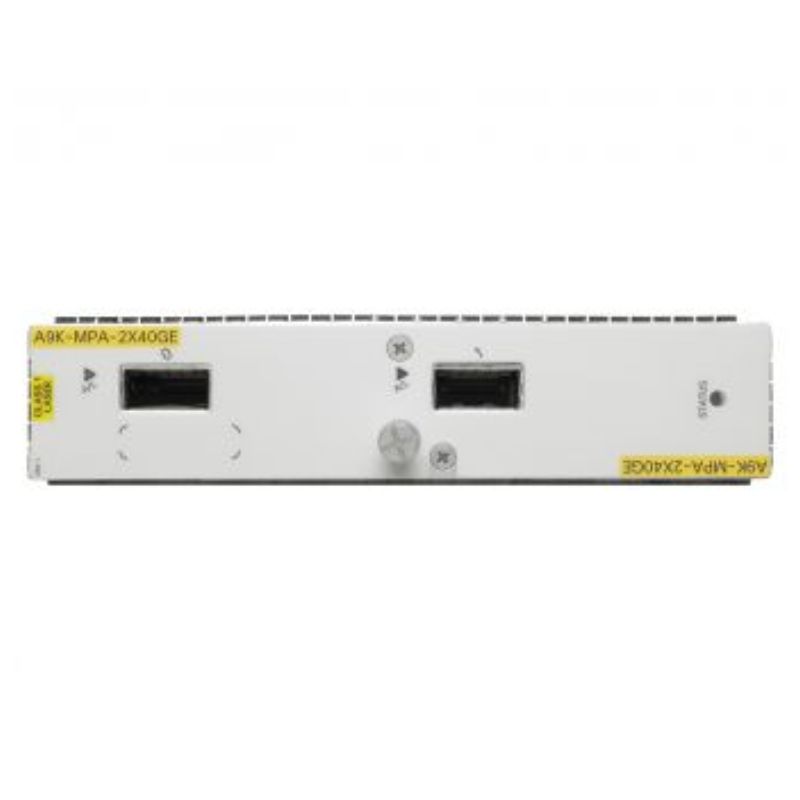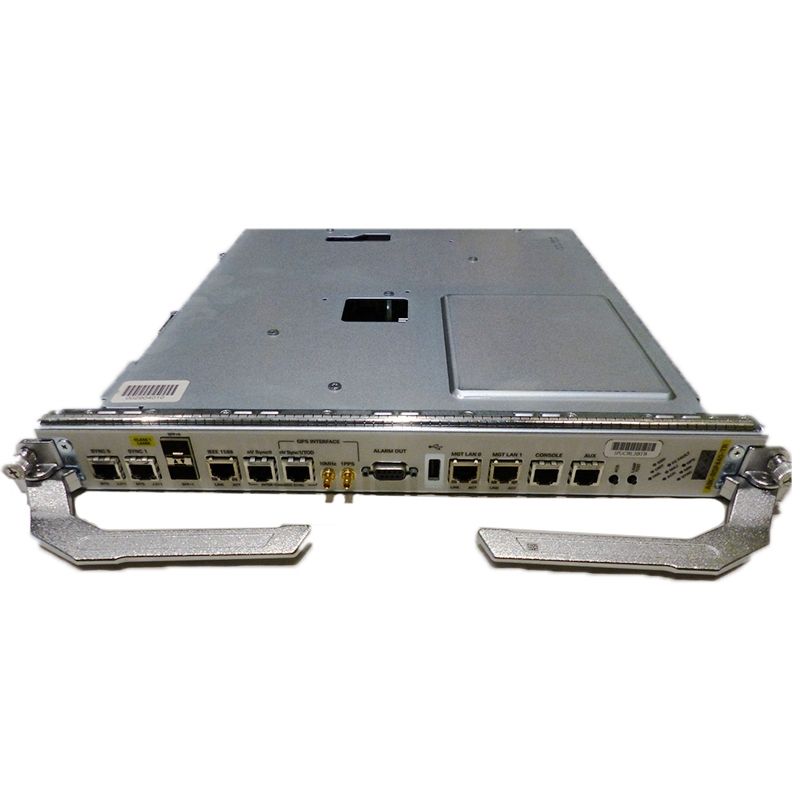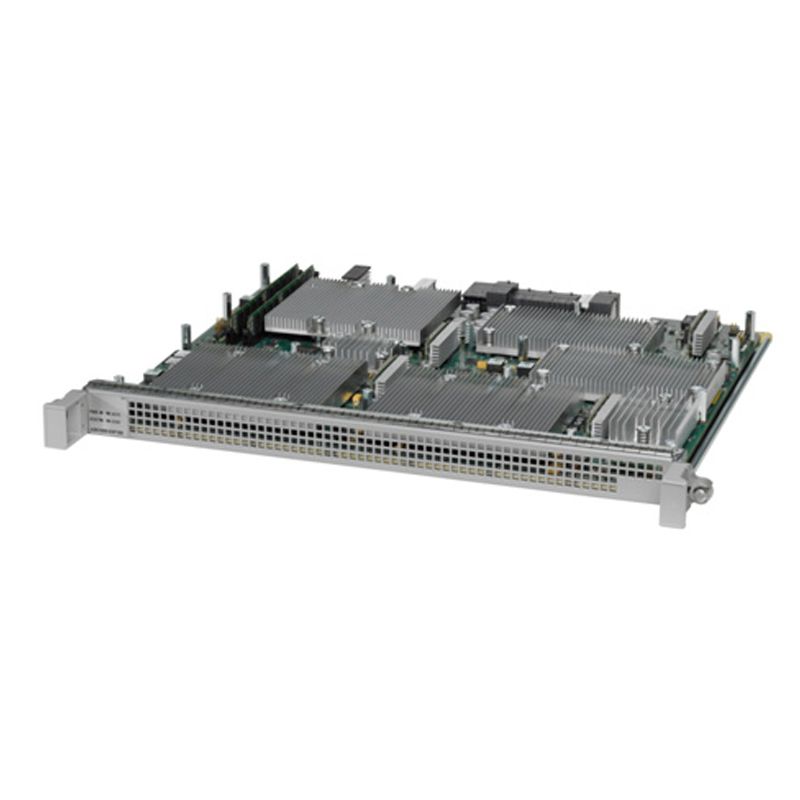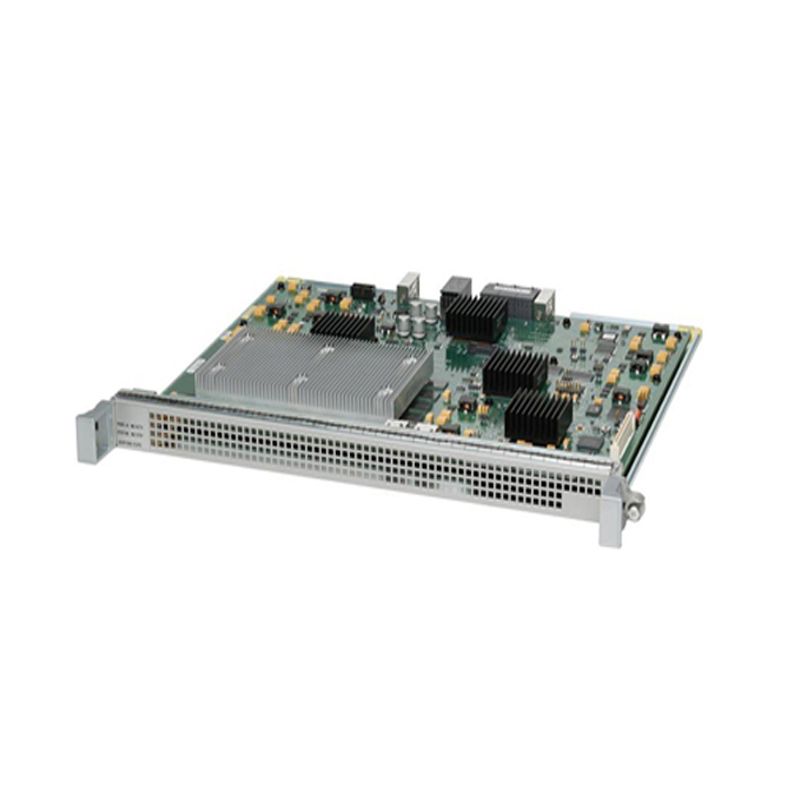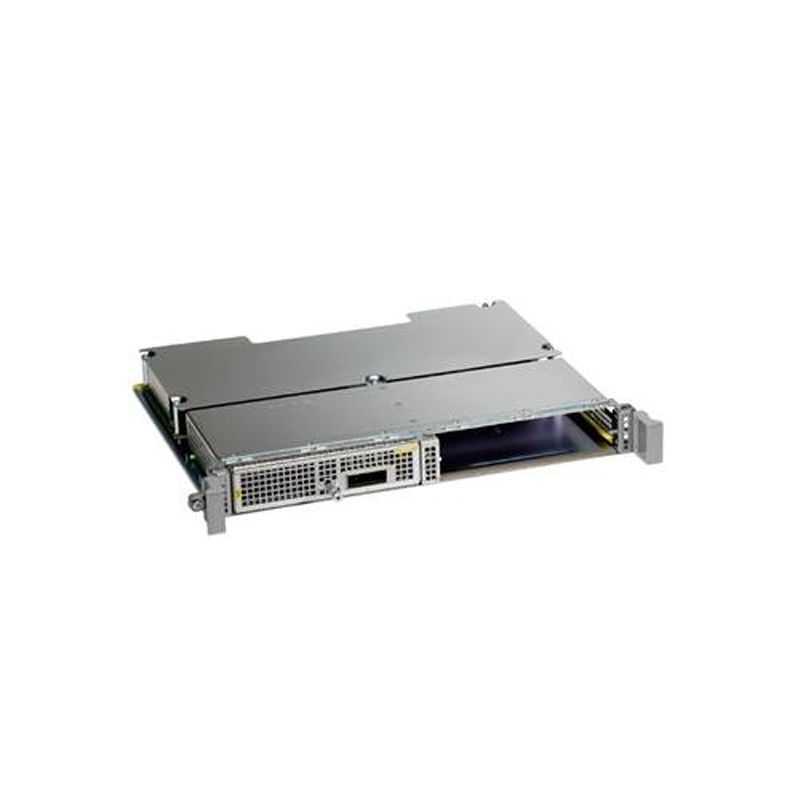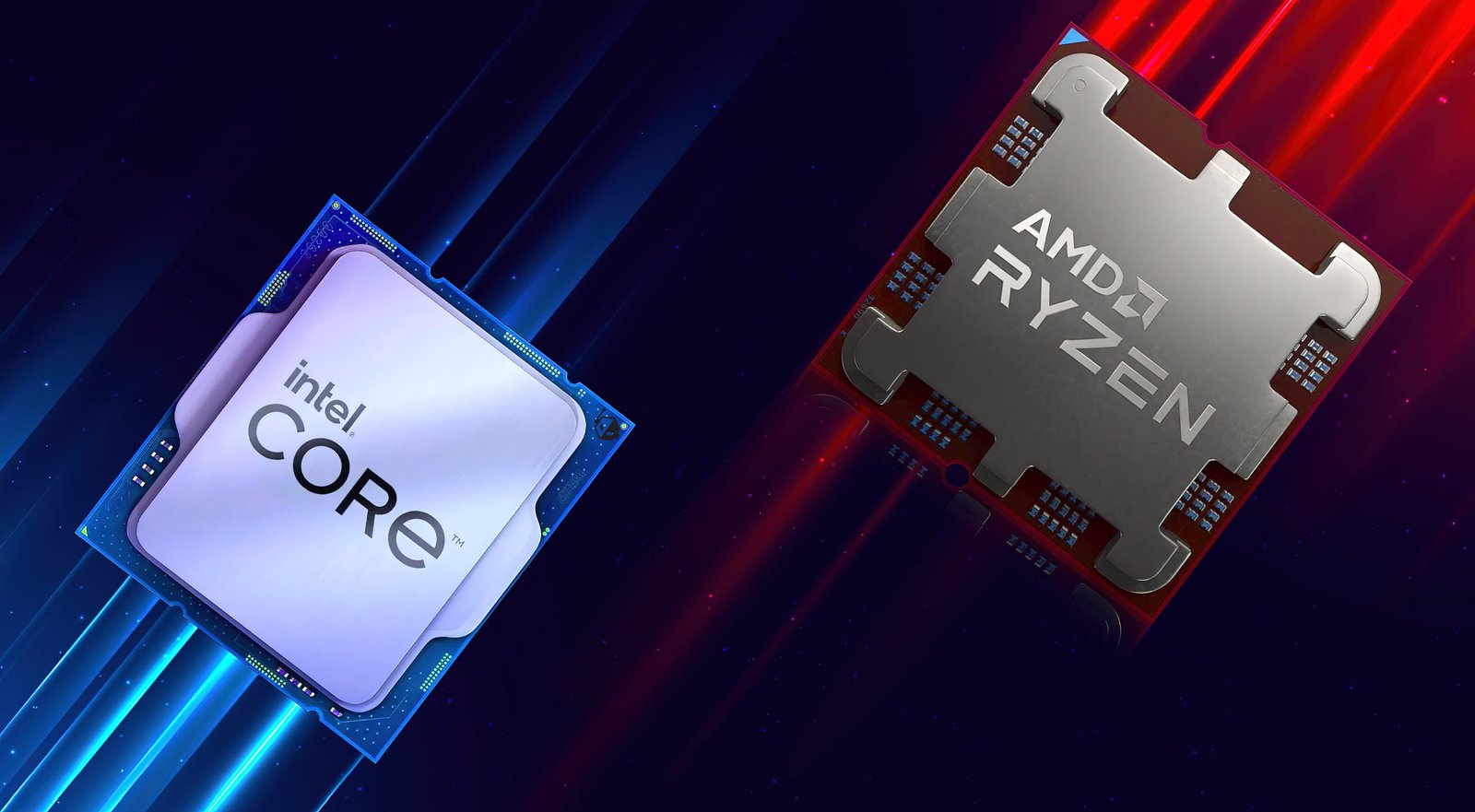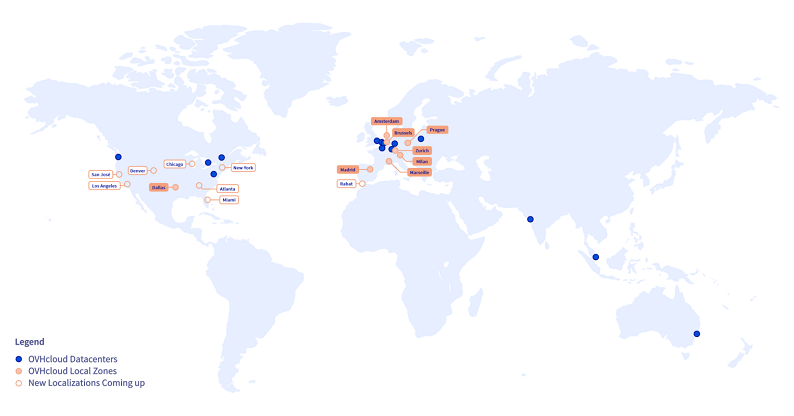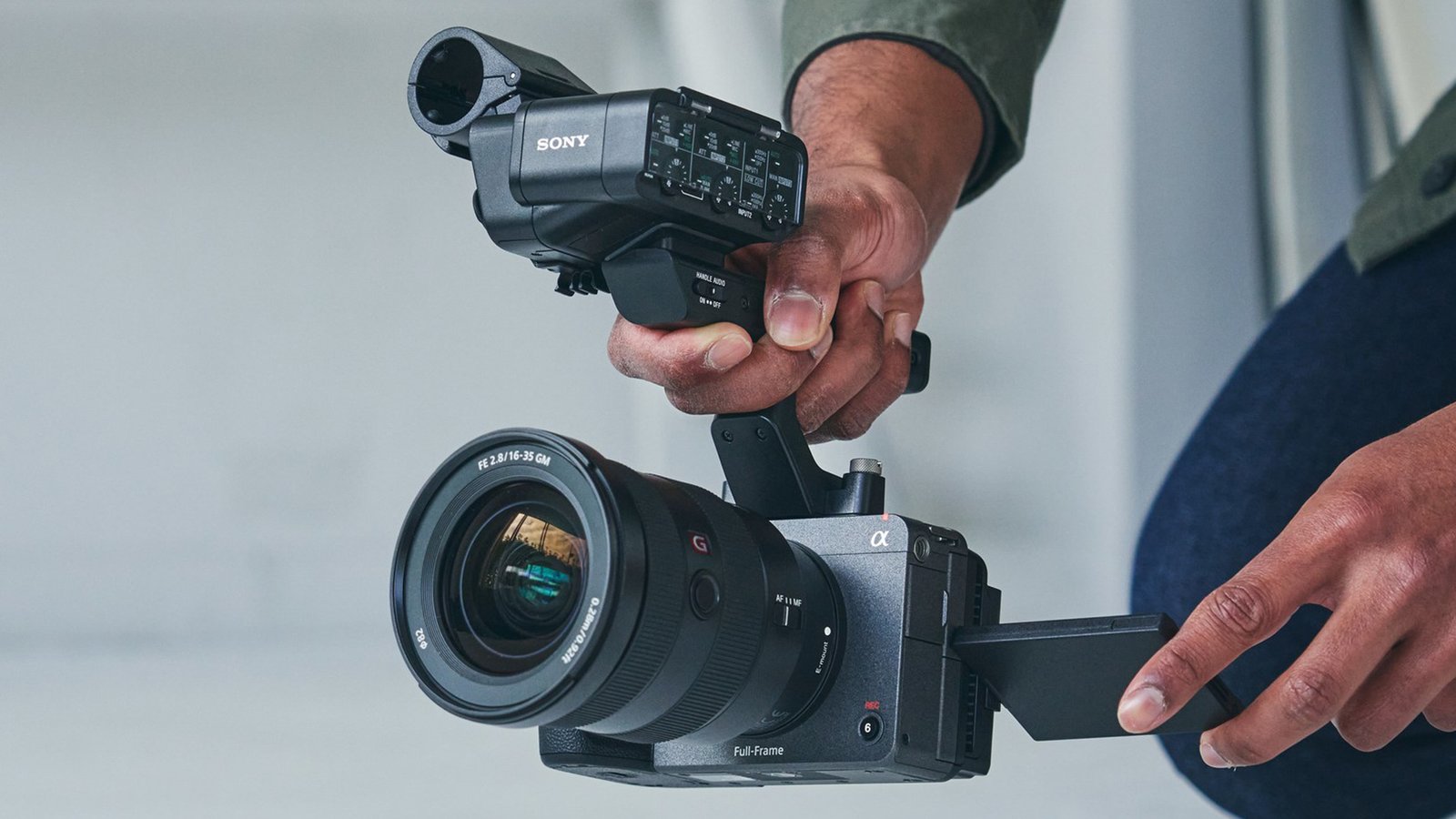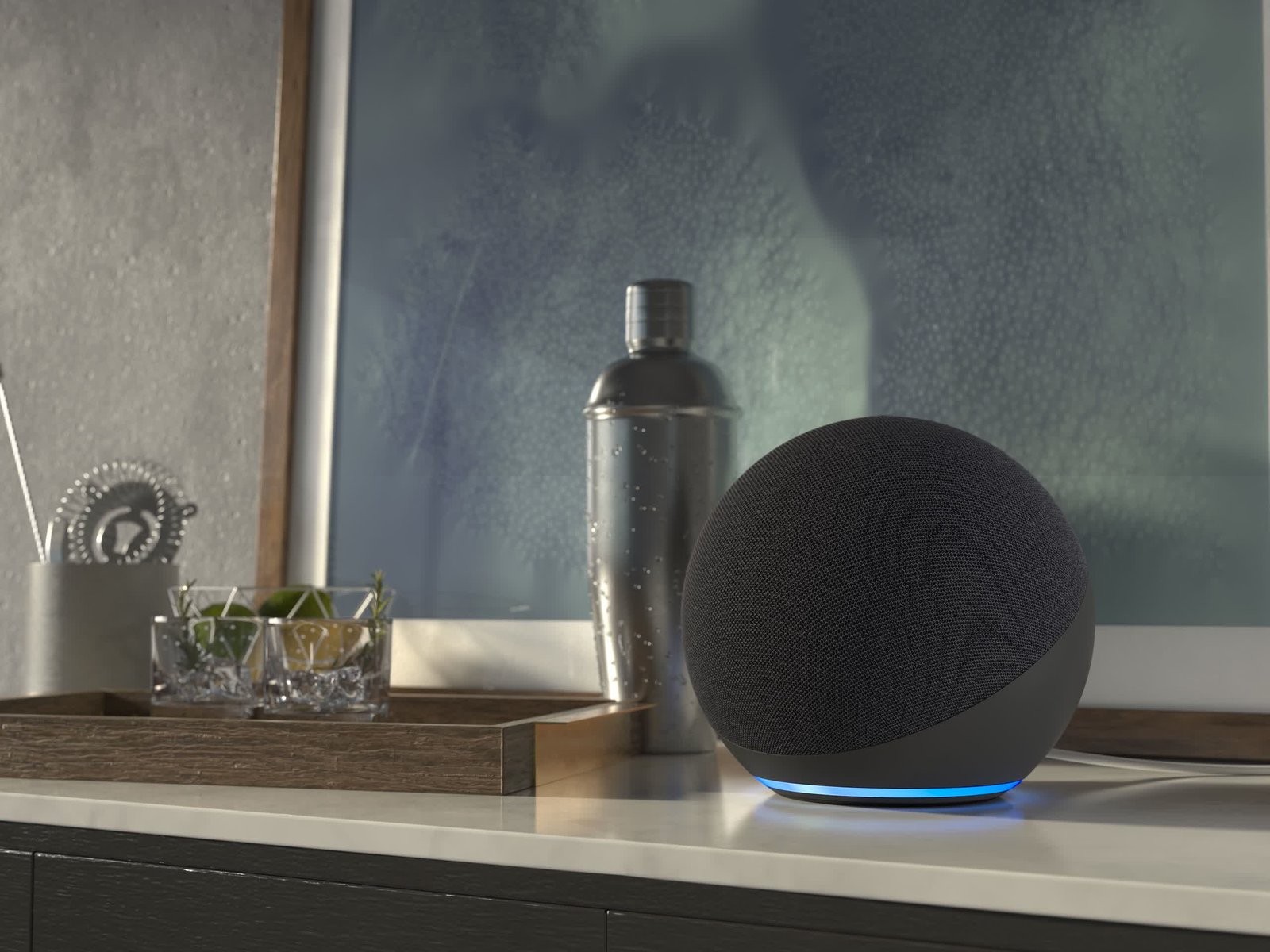Excessive CPU temperature can cause lagging, crashes, or even hardware damage. Whether for everyday use, gaming, or overclocking, monitoring CPU temperature is essential. Here’s a detailed guide on how to check CPU temperature on Windows, Mac, and Linux, along with solutions for overheating issues.
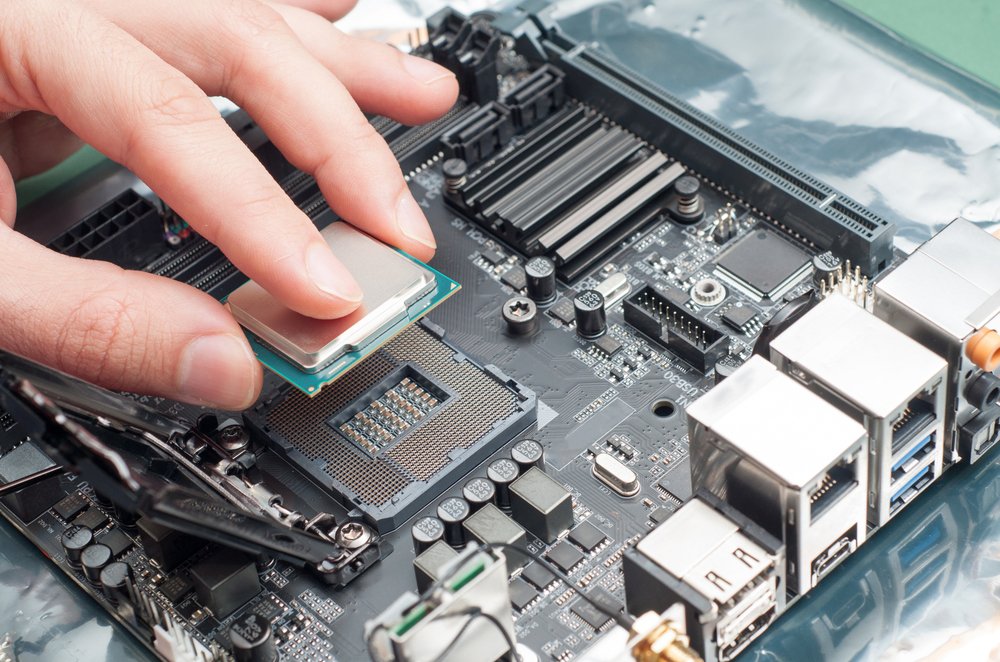
Windows: 5 Main Methods to Check CPU Temperature
1. Using Task Manager (Windows 10/11)
Windows 10 (version 2004 and later) and Windows 11 include basic temperature monitoring in Task Manager:
- Press Ctrl + Shift + Esc to open Task Manager.
- Click on the “Performance” tab.
- Select “CPU” from the left panel to view the temperature (may not be available on some older versions or hardware).
✅ Pros: No software installation required, quick access.
❌ Cons: Only shows the current temperature, no historical data or detailed analysis.
2. Checking BIOS/UEFI
Restart your PC and press Del / F2 / F10 / F12 (varies by motherboard) to enter BIOS/UEFI:
- Navigate to the “Advanced” or “Monitor” menu.
- Look for “CPU Temperature” or “PC Health”.
✅ Pros: Directly reads hardware data without software interference.
❌ Cons: Cannot monitor temperature in real time while the system is running.
3. Third-Party Software Recommendations
| Software | Features | Best For |
|---|---|---|
| HWMonitor | Displays CPU/GPU temp, voltage, fan speed | Comprehensive monitoring |
| Core Temp | Focuses on CPU temp, shows per-core details | Overclocking users |
| Speccy | Simple UI, includes system details | Quick diagnostics |
| MSI Afterburner | Overlay shows temps & FPS in games | Gamers |
Example: Checking CPU Temp with HWMonitor
- Download and install HWMonitor from its official website.
- Open the software and navigate to the “Temperatures” section.
- Look for “CPU Package” or individual core temperatures.
Mac: Built-in Tools & Terminal Commands
1. Using Activity Monitor
- Open Applications → Utilities → Activity Monitor.
- Click “Window” → “CPU History” to view CPU load (but not temperature).
2. Recommended Third-Party Software
- Macs Fan Control: Monitors CPU temperature and allows manual fan speed adjustment.
- iStat Menus: Displays real-time CPU/GPU temps and memory usage in the menu bar.
3. Using Terminal (Requires Xcode Tools)
Run the following command in Terminal:
sudo powermetrics --samplers smc | grep -i "CPU die temperature" Linux: Get CPU Temperature via Termina
1. Install lm-sensors Tool
sudo apt install lm-sensors # Debian/Ubuntu
sudo yum install lm_sensors # CentOS/RHEL
2. Detect Sensors and Check Temperature
sudo sensors-detect # Press Enter to confirm all default options
sensors # Display CPU and motherboard temperature
Normal CPU Temperature Ranges
| Usage Scenario | Intel CPU | AMD CPU |
|---|---|---|
| Idle | 30°C – 50°C | 35°C – 55°C |
| High Load (Gaming/Rendering) | 60°C – 85°C | 65°C – 90°C |
| Critical (Dangerous) | >95°C | >95°C |
How to Lower CPU Temperature? 5 Quick Fixes
1. Clean Dust & Improve Cooling
- Open the case and clean the CPU fan and heatsink.
- Replace thermal paste (recommended every 1-2 years).
2. Optimize Airflow
- Add more case fans to create a front-to-back or bottom-to-top airflow.
3. Adjust Power Settings
- Go to Control Panel → Power Options → Select “Balanced” mode to prevent constant high CPU frequencies.
4. Disable Overclocking
- Reset BIOS settings to default or use overclocking software to reduce voltage and frequency.
5. Upgrade Cooling System
- Use a high-end air cooler (e.g., Noctua NH-D15) or an AIO liquid cooler (e.g., NZXT Kraken).
FAQ (Common Questions Answered)
Q1: Is a 70°C CPU temp at idle normal?
No! Idle temperatures should be below 50°C. A high idle temp may indicate poor cooling or dried-out thermal paste.
Q2: Will 90°C damage a laptop CPU?
Not immediately, but prolonged exposure to high temperatures accelerates hardware aging. Use a cooling pad or limit CPU performance.
Q3: How to reduce idle temperatures?
- Disable unnecessary background apps (e.g., Steam, auto-updaters).
- Turn off Windows “Ultimate Performance” mode in power settings.
Conclusion
Regular CPU temperature checks help maintain system health. Casual users can use Task Manager or BIOS, while gamers and professionals should use tools like HWMonitor or Core Temp. If temperatures stay high, clean dust, reapply thermal paste, or upgrade your cooling solution to prevent long-term hardware damage.











